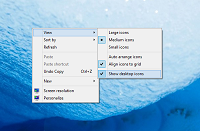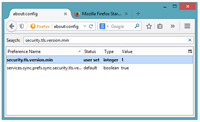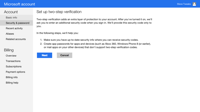For a one-click method to quickly shut down or reboot your system without the fuss of going through the Start menu, make use of the Shutdown command, a command line utility in XP.
Here's how you can set up a restart button on your desktop:
-
Create a shortcut (Right-click on desktop, select New > Shortcut).
-
For location, type the following:
shutdown -r -t 0
- Click Next, enter a name for the shortcut ("Restart" is appropriate), and click Finish.
When you click your Restart shortcut, Windows XP will reboot *automagically*!
The "-r" switch tells XP to reboot. If you'd like the shortcut to shut off your PC instead, change it to "-s"; to simply log off, change it to "-l". The "-t 0" sets the timeout (in seconds), so up this value if you find the need for it. To force running applications to close, add "-f" -- be careful with this one!
For more information on Shutdown, type "shutdown" in a command prompt window (Start > All Programs > Accessories > Command Prompt), or search for Shutdown in Windows XP's Help and Support Center.

If you own a Google Chromecast streaming device, you can easily share a browser tab in Chrome browser or even your entire desktop. This can be very useful when presenting from your laptop or if you just want to watch something on a big screen that is only on your PC. The only requirement is you must be on the same network as your Chromecast...
Read More

If you are a fan of minimalist desktop experiences, hiding the desktop icons are an easy way to clean up the Windows interface. Instead of saving everything to your desktop, use the default profile folders such as downloads and documents. Actually hiding all the icons on your desktop is a very simple customization hidden in the right-click context menu. Just right-click on the desktop, select View...
Read More

Google security researchers have published details about a major security flaw found in the SSL protocol that is used to encrypt data transferred between your browser and a web server. SSL is typically used in situations where logon credentials are validated...
Read More

Enabling two-factor authentication is a great way to add an additional level of protection to your Microsoft account. Even if your password is stolen, your account is still protected because two-factor authetication requires an additional level of verification to log in. Microsoft calls their version of two-factor authentication "two-step verification" and it works by providing you with a random code...
Read More


